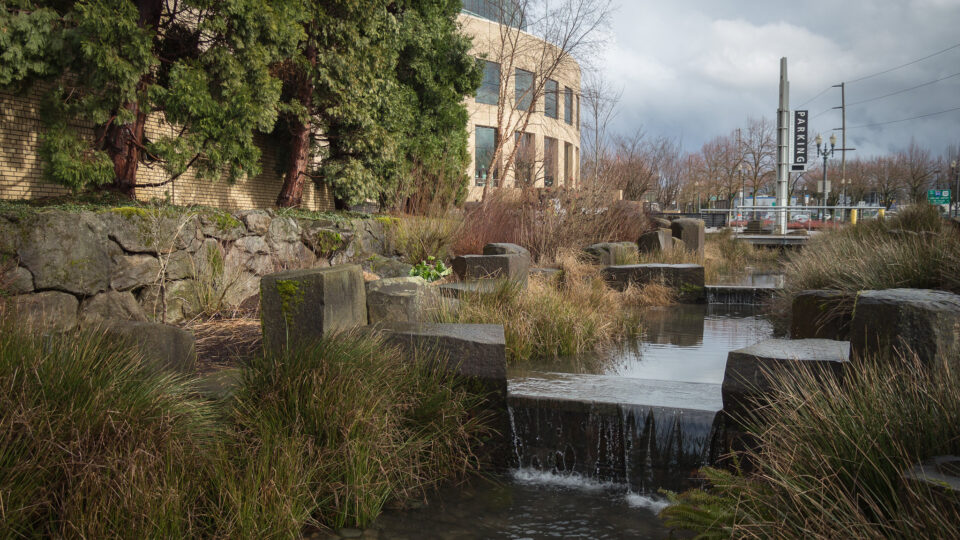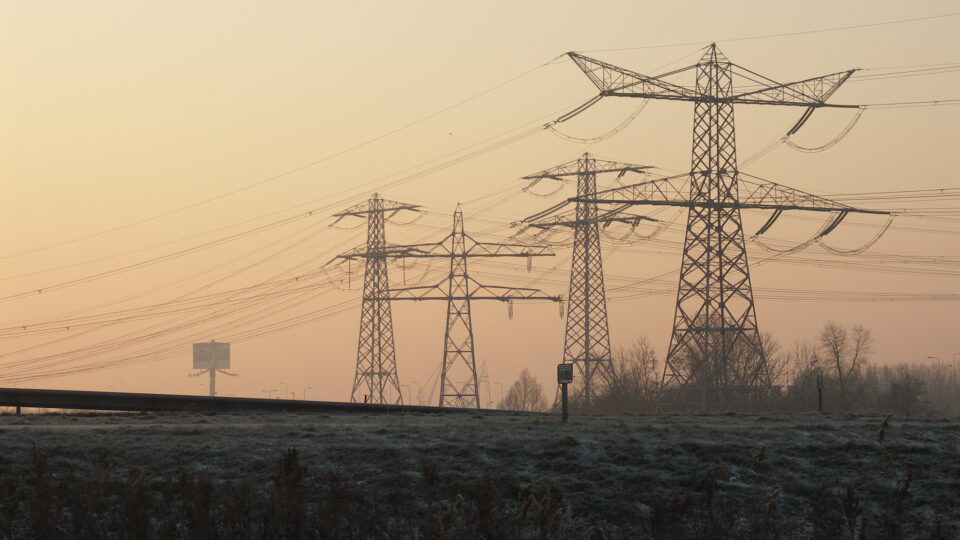Stormwater runoff has become the largest source of residential pollution for waterways. As rainwater runs down roofs, over driveways and patios, and off other hard surfaces, it can pick up pollutants as it flows directly into streams, wetlands, lakes, and groundwater aquifers. That water is typically routed directly through stormwater pipes and ditches with little filtering or treatment. The main emphasis is on getting the water off of people‘s property as quickly and efficiently as possible to avoid flooding.
Many municipalities are dealing with the problem by installing rain gardens, which are a type of green infrastructure in commercial spaces that slow down and treat water before it enters streams, wetlands, and other bodies of waters. When designed and installed properly with appropriate plants, rain gardens are like miniature water treatment facilities Water gathers in the rain garden, soaks into the soil, and is taken up by plants. The plants filter nutrients, sediments, and toxic materials from the runoff before excess water ever gets to waterways.
Homeowners are being encouraged to build their own rain gardens. They need to familiarize themselves with how runoff from their roof, driveway, sidewalk, and roads is currently being routed and treated. The idea is to try to incorporate that runoff into a rain garden design with sufficient area and infiltration rates. The runoff would ultimately flow out from a safe, designated location into storm drains at a slower rate than from the previous impervious surfaces. Homeowners would need to work with their local jurisdictions to find out the requirements for re-routing water in their area and make sure any modifications prevent erosion and protect nearby homes, roads, and other infrastructure.
**********
Web Links
Rain gardens help keep pollutants out of waterways
Photo, posted March 3, 2017, courtesy of Jeremy Jeziorski / Oregon Convention Center via Flickr.
Earth Wise is a production of WAMC Northeast Public Radio

